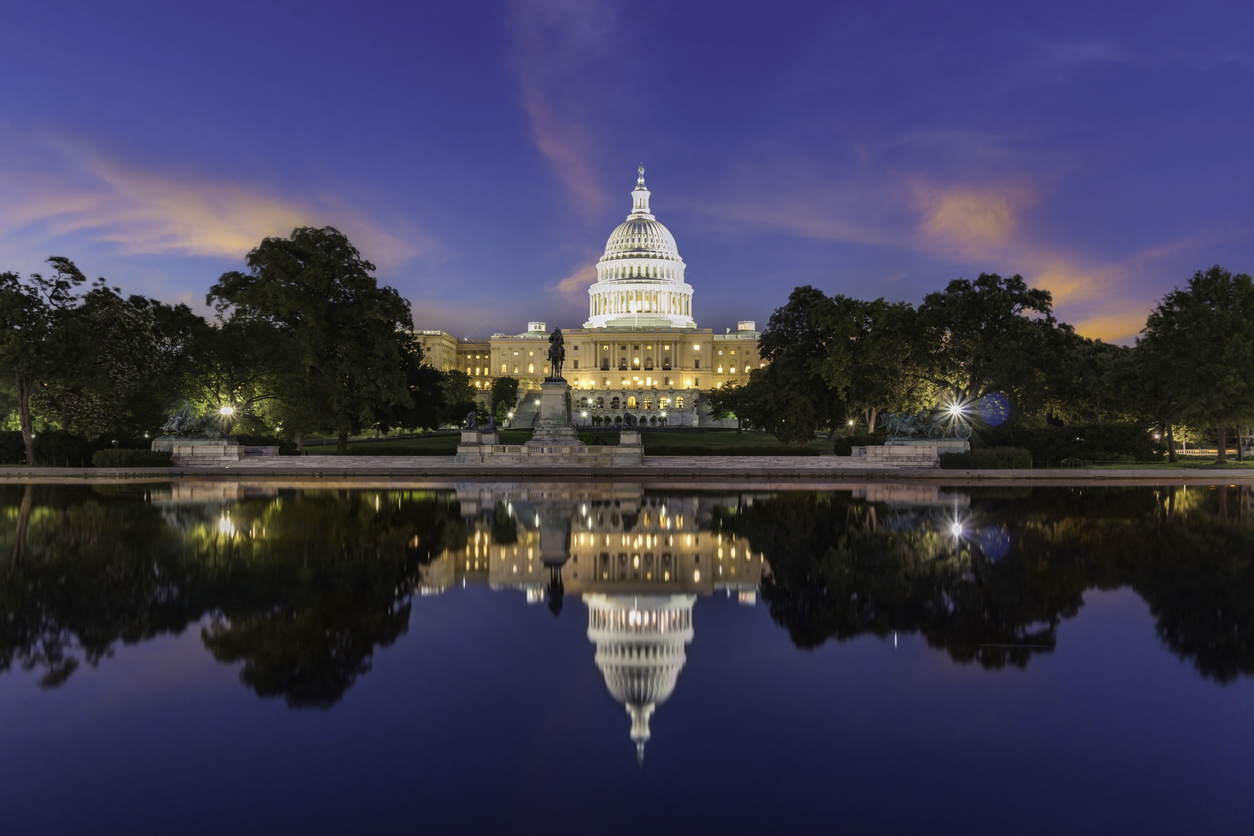“Leadership starts with a reinvigorated approach to developing national energy policy — an approach that can help overcome the problems that have hampered past efforts and put the country on a more inclusive, balanced, resilient and enduring path,” the report said.
{mosads}Dorgan said that leadership should come from the administration, but that Congress also has a vital role. He said energy policy — traditionally an issue that divides lawmakers along partisan lines — has only recently taken on a partisan flavor.
He recalled working with former Sen. Pete Domenici (R-N.M.) on comprehensive energy legislation in 2009. That bill accounted for regional interests that helped it pass the Senate Committee on Energy and Natural Resources, but it still stalled in the Senate.
“We can do that again. That is not impossible. We kind of got into a bad habit with gridlock on everything,” Dorgan said Tuesday at a National Press Club event in Washington, D.C.
He said a coordinated, administration-led energy strategy could help break that deadlock.
“This is like an orchestra without a conductor,” Dorgan said of current energy policy formation.
The report modeled its recommendations on the National Security Strategy, in which administrations outline national-security issues and ways to address them. The Defense Department reviews that document every four years.
The report said the security strategy model suits energy because both policy issues span multiple agencies. Energy policy is made at 20 federal agencies, the report noted, muddling efforts to roll out a national energy strategy.
“As a result, no single entity is in a position to implement, coordinate and assess all of the federal government’s energy-related activities and initiatives,” it said.
Specifically, the blueprint called for the president to set policy goals through a cross-agency energy council, with the Energy Department chief at the helm. The body also would include White House officials from entities such as the Council on Environmental Quality.
That council would coordinate a national energy strategy that includes “broad energy goals, budget priorities and legislative agenda,” the report said. It would work with Congress, industry and other stakeholders to form that long-term game plan, it said.
The Energy Department would then conduct an interagency review every four years to monitor progress and implementation of the strategy. That evaluation also could lay the groundwork for revisions of existing programs or subsidies.
“Given the complexities of the energy ecosystem … this effort will require high-level leadership (e.g., Senate-confirmed Cabinet members or heads of agencies), extensive technical expertise, effective cross-agency coordination and broad consultation with states and energy stakeholders,” the report said.
Reilly said his experience with instituting the Energy Star efficiency program for computers underscored the need for coordination.
When he proposed the idea of an energy efficiency rating system for computers as former President Bill Clinton’s EPA chief, Reilly said the Energy Department worried he was encroaching on that agency’s territory.
“I still recall the degree of anxiety this caused the Energy Department. They said, ‘Well, this is really ours.’ We said, ‘Well, it’s a pollution-reduction effort,’” he said.
Jones said the new structure would also benefit Congress.
By giving lawmakers a single point of contact — the head of the Energy Department — for the nation’s energy policy, everything from congressional hearings to policy consultations with the administration would improve, Jones said.
The review conducted every four years would also bolster accountability on reaching energy goals and staying within budgets, he said.
“It’s essentially a report for Congress more than anybody else,” Jones said.







